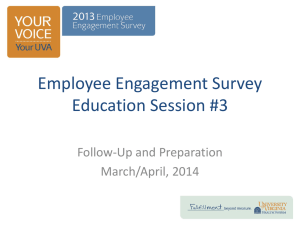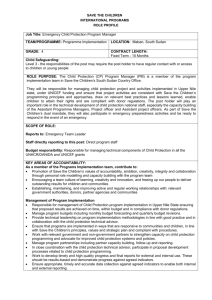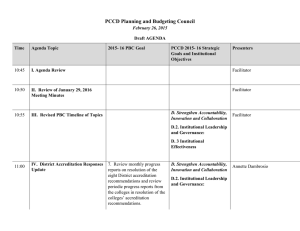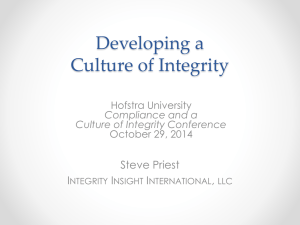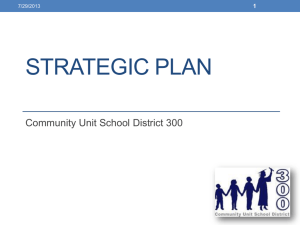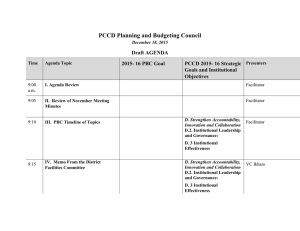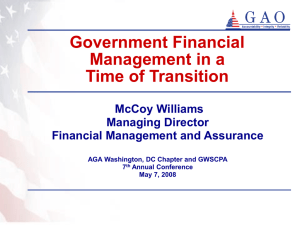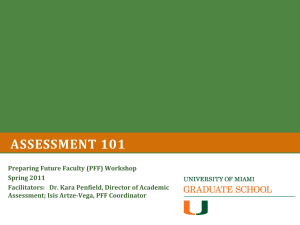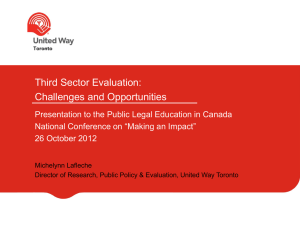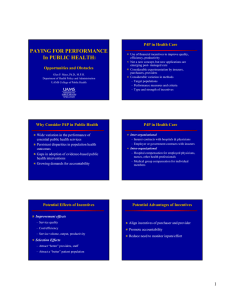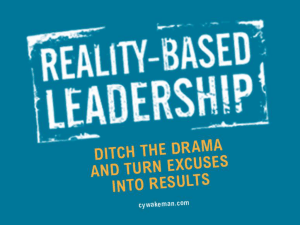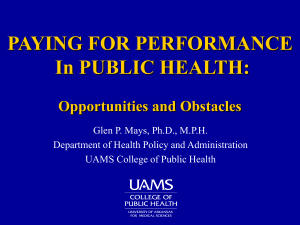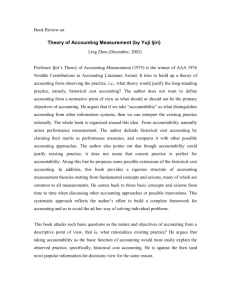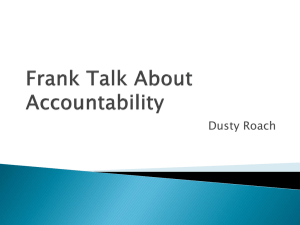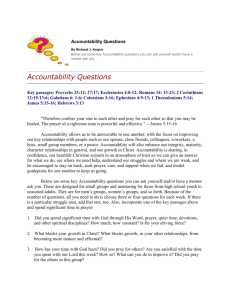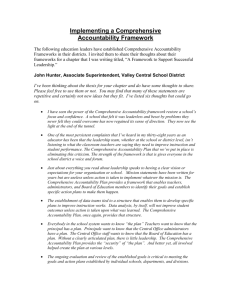Resourcing the Mission – PowerPoint file
advertisement
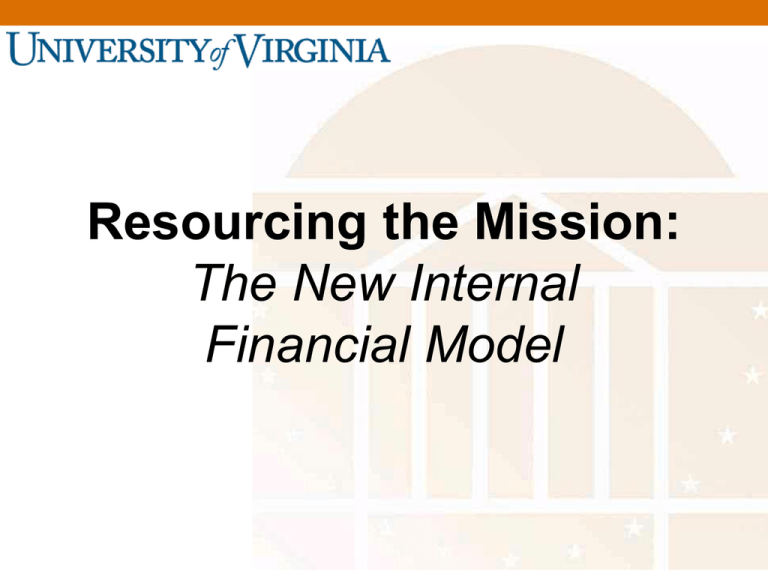
Resourcing the Mission: The New Internal Financial Model Why Create a New Model? Changes in the Environment • Greater competition • Economic and fiscal realities • Pressure to grow • Expectations for accountability, transparency and efficiency Why Create a New Model? Answering the Tough Questions • Is UVa, as an institution, and are the schools individually, meeting our aspirational goals and potential? • Are revenue streams being maximized? • Are costs being managed in the best possible way? • Are academic programs and centralized services adding value to those we serve? • Are deans empowered to improve and grow their schools? • Are schools and central administration collaborating and aligned? What is the current model? • Centrally collected and distributed tuition, state appropriations and unrestricted funds • Incremental allocations to “base” budget • Pockets of self-sufficient and revenue sharing activities • Limited ability of schools and administrative departments to determine and fund their own priorities 2011-12 Budget Uniquely UVa • Identify the guiding principles: Incentives, Transparency, Accountability, Simplicity, Innovation, Quality • Focus on empowerment and decision-making. • Communicate transparently; encourage participation. • Align responsibility and accountability. • Assess the readiness of all schools and units. • Establish reliable, shared data source/ reporting system. Shifting the Budget Conversation Great universities are transforming traditional, appropriations-based budgeting …. Focus on Central Financial Control Resource Planning Allocation Management Accountability …to an effective resourcing process engaging a broader community in collective strategic decisions about shared priorities. What is the new model? • Resource Centered Management (RCM), Activity Based Budgeting (ABB), and similar models decentralize and align authority, responsibility, and accountability. • Schools and administrative units (revenue centers) are responsible for generating their own revenue and managing their own expenses. • Administrative service centers that are not revenue producers may be financed via subventions (charges to revenue centers) • i.e., charges for information infrastructure, utilities, space, etc. • Models such as these create incentives to control costs, improve productivity, and enable entrepreneurial activities. What is the new budget cycle? Budget and Planning Assumptions July to September Year round Quarterly reporting and variance analysis Fiscal Year Close, Analysis and Performance Assessment Budget Management, Monitoring and Adjustment September to December Budget and LongRange Plan Development Budget and Plan Approval January to March April to June Awareness: Opportunities • Provides new potential to diversify and increase local revenue streams. • Facilitates local participation in decision making. • Enables effective joint ventures between deans and central administration. • Provides a means to understand the true cost of services. • Encourages efficiencies and competitive, valuable services. • Provides a framework for the University community to embrace and align to school and institutional priorities. Awareness: Fears and Risks • “Us versus Them” • Having a financial rather than academic focus. • Misaligned incentives place department and school goals over University goals. • Disparities in capacity to achieve goals or service standards. • Inability to manage budget and new responsibility centers. • How will tuition sharing work? • Disincentives for interdisciplinary teaching and research. • Duplication of courses across the institution for tuition generation. • Fear of ending up with less fiscal capacity than today. A Roadmap for Change The shift will likely take 18-24 months, and consists of a planning and preparedness phase, a testing phase and an implementation phase. Assessment and Preparedness Policy and Model Development Communication and Consensus Building Building, Testing and Reporting Adoption and Adjustment Q&A www.virginia.edu/resourcingthemission
